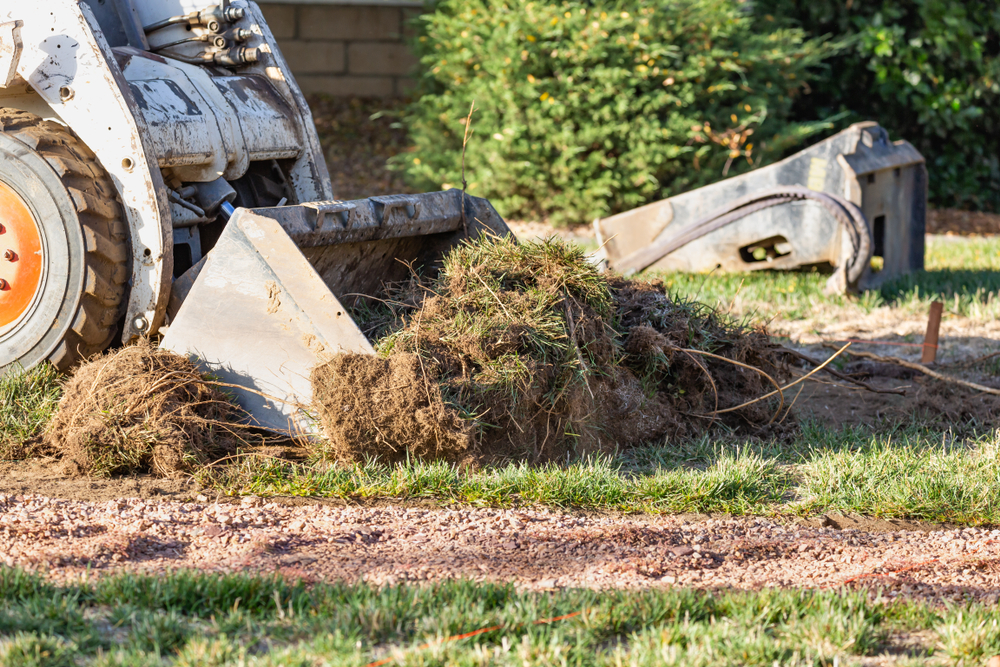
Introduction
Land grading is a fundamental process in land development, landscaping, and construction, involving the manipulation of the land's surface to achieve specific objectives. This article will provide a comprehensive analysis of the key factors impacting land grading, including drainage, topsoil management, and excavation. We will explore the tradeoffs, challenges, and the importance of considering the environmental impact when making decisions about land grading.
Understanding Land Grading
Land grading, also known as earthwork or land leveling, is the process of reshaping the natural contours of the land to create a desired slope or surface configuration. It involves adding or removing soil to achieve the intended grade, ensuring proper drainage, and enhancing site usability.
Key Factors Impacting Land Grading
Drainage: Proper drainage is one of the most critical aspects of land grading. Grading must be carefully planned to direct water flow away from structures and towards designated drainage areas or stormwater management systems. Improper drainage can lead to water accumulation, erosion, and potential damage to buildings and infrastructure.
Topsoil Management: Topsoil is the uppermost layer of soil that supports plant growth and contains essential nutrients. During land grading, preserving and managing topsoil is crucial to ensure successful vegetation establishment and overall site health.
Excavation: Excavation involves the removal of excess soil or rock from the site to achieve the desired grade. Proper excavation helps level the land, create suitable building foundations, and prepare the site for landscaping or construction projects.
Tradeoffs in Land Grading
Balancing different factors during land grading can present challenges and tradeoffs. For example, while steep slopes may provide efficient drainage, they can be challenging to build upon and may lead to erosion if not properly managed. Gentle slopes, on the other hand, offer better building opportunities but require careful consideration of drainage to prevent water accumulation.
Preserving topsoil is essential for vegetation growth, but sometimes it may be necessary to remove or redistribute topsoil during grading to achieve the desired grade. This tradeoff emphasizes the need for proper soil management techniques, such as stockpiling and reusing topsoil during the grading process.
Challenges in Different Approaches
Land grading presents unique challenges based on the specific characteristics of each site. For example, grading in hilly or rocky terrain requires specialized equipment and expertise to ensure stability and prevent erosion. Additionally, grading near water bodies or wetlands demands careful consideration of environmental regulations and potential impacts on aquatic habitats.
Importance of Considering Environmental Impact
Land grading decisions have significant implications for the environment. Poorly planned or executed grading can lead to soil erosion, sediment runoff into water bodies, and habitat destruction. To minimize the environmental impact, it is essential to conduct a thorough environmental assessment before commencing any grading project.
Using sustainable grading practices, such as incorporating erosion control measures, implementing vegetative buffers, and promoting permeable surfaces, can help mitigate the adverse effects on the environment.
Conclusion
Land grading is a critical process that requires careful consideration of factors like drainage, topsoil management, and excavation. Balancing these factors involves understanding the tradeoffs and challenges associated with different approaches. To achieve successful land grading, it is crucial to prioritize proper drainage to avoid water-related issues, implement sustainable topsoil management practices, and plan excavation thoughtfully.
Furthermore, making environmentally responsible decisions during land grading is essential to minimize the impact on the ecosystem and surrounding habitats. By adopting sustainable practices and collaborating with qualified professionals, landowners and developers can ensure effective and environmentally friendly land grading, contributing to the long-term health and stability of the site.
